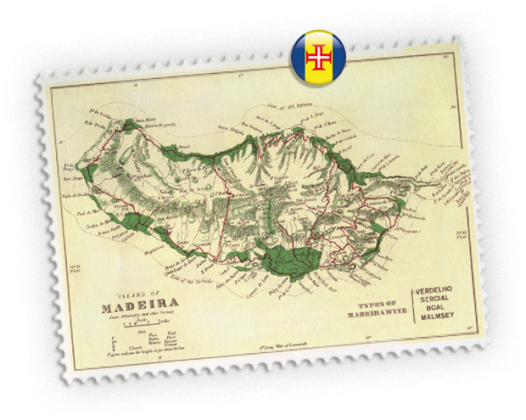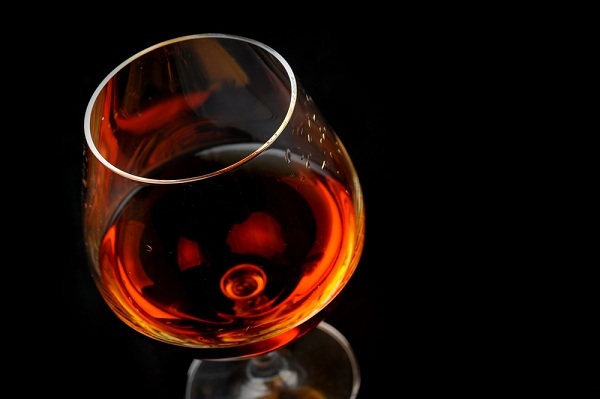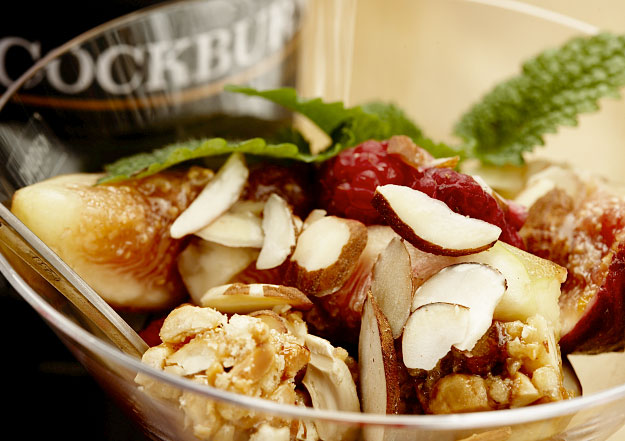The Indestructible Wine, part 2

In my last column, I took you through some of the history of Madeira wine, and discussed its role in trade and the formation of America. Here, I continue with the topic and examine the drink itself – what it’s made of, how it’s made, and understanding what the labels mean.
Madeira Island has an oceanic/tropical climate, so fungal diseases and rot are persistent problems. To combat this, grapes are grown on terraced hillsides, often trained on trellises called latada.
There are four traditional grapes: Malvasia (Malmsey), Bual (Boal), Verdelho, and Sercial. The grape Tinta Negra Mole became the most common grape grown after the phylloxera epidemic hit the island, and is now considered the workhorse of most Madeira wines. The grapes Bastardo, Moscatel, Terrantez, Listrão, and Complexa are also planted in some quantity, along with a smattering of minor grapes.
Like Port wine, there are the traditional recommended grapes, and a large number of lesser used authorized grapes. What becomes confusing with Madeira wines are the many styles that are classified in the labeling. Madeira can either be a predominate single grape, or a blend (with many possible vintages), and each wine can be a certain class based on its aging. Standard wines that lack a grape designation are just labeled Madeira, and are typically given an indication of sweetness: seco (dry), meio-seco (medium-dry), meio-doce (medium sweet), and doce (sweet), which mimic the four classic grape styles. Terms such as Finest, Pale, Full, Dark, Rich, Select and Choice are often used, but have no official meaning.
A common style in the U.S. is a blend (predominantly TNM) known as Rainwater Madeira. It’s rumored to have developed after a shipment was left on the docks and diluted with rainwater. Rather than dump the wine, they passed it off as a new style, and it was quite popular. Traditional premium styles will be named after the four main grape varieties used. Sercial is the driest, lightest style, with orange, lemon, and almond flavors, along with very high acidity. It’s considered somewhat similar to old German Rieslings. Verdelho is an off-dry to slightly sweet wine that is known for dried fruit, honey, and some coffee/chocolate flavors. Bual is a sweet style with dark color, medium rich texture, and flavors of barley malt, dried fruit, and caramel. Malmsey is a dessert style with dark color, rich texture, and flavors of toffee and vanilla. Premium wines with a grape designation will also be given an aging classification which signifies the youngest wine used in the blend.
The different age classes are as follows:
- Reserve – 5 years. The minimum age for traditional varietal Madeira
- Special Reserve (Reserva Velha) – 10 years. At this point wines are often aged naturally without external heat sources
- Extra Reserve – 15 years or more. This style is not an official classification, but many producers still make one
- Twenty Year-Old Reserve – This is a blended style, and is also not an official designation
- Thirty Year-Old Reserve – Only Vinhos Barbeito currently makes this, and it is unofficial
- Vintage Madeira (Frasquiera) – Comes from a single harvest, and must be aged at least 20 years.
- Colheita – a single harvest Madeira that does not require the extended aging of Vintage Madeira.
- Solera – Bears the date the solera system was started.
The distinct flavor of Madeira comes from hot aging and oxidation. Many wines are either aged Cuba de Calor, in tanks with direct heat coils or hot water piping for a minimum of 90 days, or Armazem de Calor, in large wooden vats with indirect steam tanks and piping that basically creates a sauna for 6 months to a year. Premium wines typically use the Canteiro method, which is hot-room aging that has no artificial heat source. All the wines are exposed to oxygen of some quantity during aging. The result is an extremely resilient wine that is nearly indestructible.
While very old Madeira is rare, it’s not uncommon to find bottles that are over 150 years old in excellent condition. A typical Madeira wine will last very long periods of time after being opened as well.
When most people think Madeira, they think about a cheap domestic knock-off they buy at the grocery store for a few bucks and toss into a recipe while cooking. However, authentic Madeira is one of the world’s classic wines that once again is returning to its rightful respected place.
So enjoy a glass of the indestructible wine. Just remember to do so responsibly.



